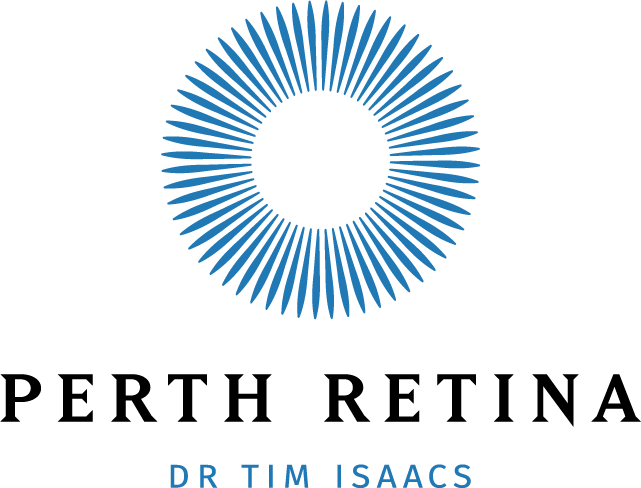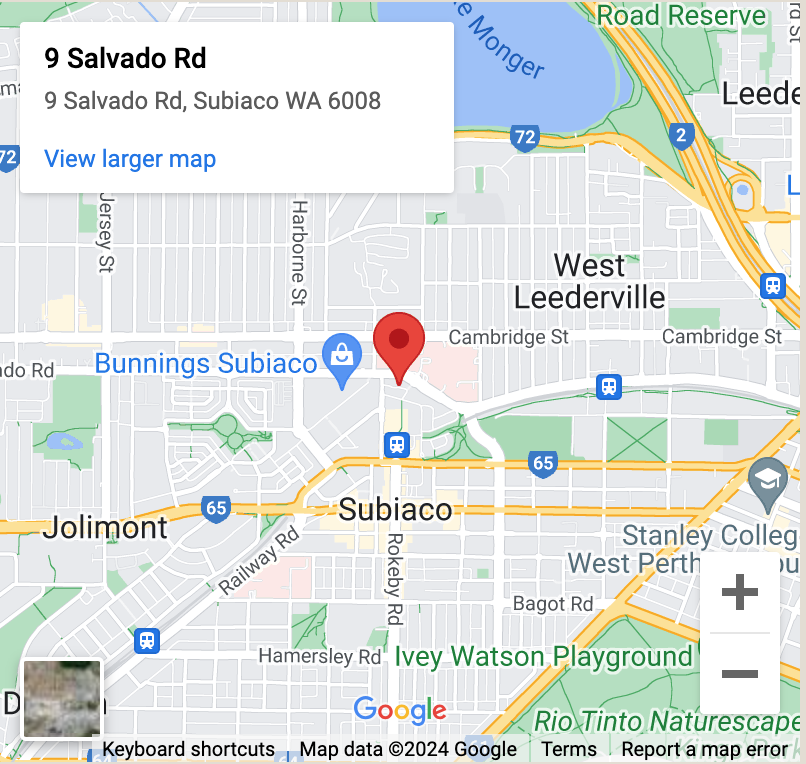Retinal Vein Occlusion
A retinal vein occlusion means that a vein in the retinal circulation has become blocked.
Retinal veins carry blood from the retina back to the heart for re-circulation. If one of these veins becomes blocked pressure rises in the blocked segment of vein, causing leakage of blood and fluid into the retina. If the macula is involved, vision will be affected.
There are two types of retinal vein occlusion:
Central Retinal Vein Occlusion (CRVO): This occurs when the major retinal vein, draining blood from the entire retina, is blocked. This results in poor blood flow throughout the retina and can cause severe loss of vision.
Branch Retinal Vein Occlusion (BRVO): This is caused by blockage of a smaller branch of the main retinal vein, resulting in damage to the area of the retina drained by this branch. Visual loss varies but is not as severe as with a central retinal vein occlusion.
Retinal vein occlusions are more common in middle age. They may also signify underlying general health disorders, including high blood pressure, vascular disease, diabetes, and blood disorders.
Blurred vision is the main symptom of a retinal vein occlusion. This occurs when the macula becomes swollen by fluid or blood leaking from the blocked retinal vein, a condition known as macular oedema.
More severe cases of retinal vein occlusion may cause floaters to appear in the vision due to bleeding into the vitreous gel (vitreous haemorrhage).
Pain in the eye due to high pressure can occur as a complication of a severe central retinal vein occlusion. This is called neovascular glaucoma.
A dilated eye examination is necessary for diagnosis. Other tests may be performed in order to determine the severity of the vein occlusion and the best treatment.
An OCT will be performed to measure macular oedema (swelling).
Fluorescent angiography is needed in some cases to enable accurate diagnosis. This involves the intravenous injection of a small quantity of a fluorescent dye, followed by a series of photographs of the retina.
Blood tests may also be ordered to determine the cause of the occlusion.
The treatment recommended will depend on the severity of the condition and the effect on vision.
Mild cases of retinal vein occlusion may require no treatment, just monitoring.
More severe cases in which vision is reduced usually require treatment. You may be referred back to your general medical practitioner for advice regarding diet or lifestyle modification, or treatment of high blood pressure.
A series of intravitreal anti-VEGF injections or a steroid injection may be recommended.
Retinal laser treatment may be necessary in more severe cases to reduce the risk of bleeding into the vitreous gel or high pressure in the eye (neovascular glaucoma).
Successful treatment of retinal vein occlusion may take months or even years in severe cases.


